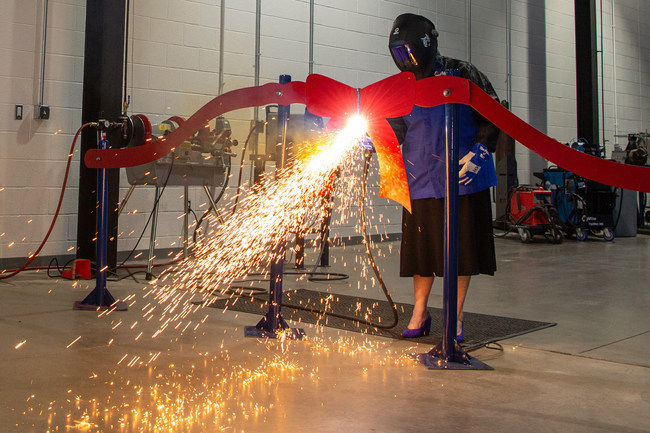Highlight: Pennsylvania College of Technology’s Welding Expansion Project Adds 35,000 Square-Feet of Learning Space
Last month was National Welding Month and in light of that, we wanted to highlight Pennsylvania College of Technology’s Welding Expansion Project.
The Project, funded in part by a $2 million EDA investment, includes an additional 35,000 square feet of hands-on learning space for the Lycoming Engines Metal Trades Center to allow up to 300 welding students to enroll per year.
The expanded center is coming online at a critical time, as the industry predicts a shortage of more than 200,000 skilled welding professionals this year.

The facility also houses what is believed to be the only electron beam welder being used for instruction in U.S. higher education. Electron beam welding – a fusion welding process in which a high-velocity electron beam is used to join two metals together – is a cutting-edge technology popular in the aerospace, automotive, defense, semiconductor, medical, nuclear, oil and gas, and power generation industries.
The new space will house new classrooms and laboratories for the three welding programs at Penn College: Certificate in Welding, Associate of Applied Science in Welding Technology, and Bachelor of Science in Welding and Fabrication Engineering Technology.
The project will lead to the development of highly needed skills in the plumbing, engineering, teaching and manufacturing industries. Students in all three programs have historically had robust employment opportunities with family-sustaining wage rates.
Job placement for Penn College's welding students is nearly 100%, while welding and metal fabrication is the third-largest program area on the Penn College campus. Students experience at least 144 hours of hands-on welding as they hone skills that are in high demand in the workforce.
Students completing a degree and taking jobs in the area have the potential to increase the overall economic well-being of the region, and EDA is proud to support those efforts!








